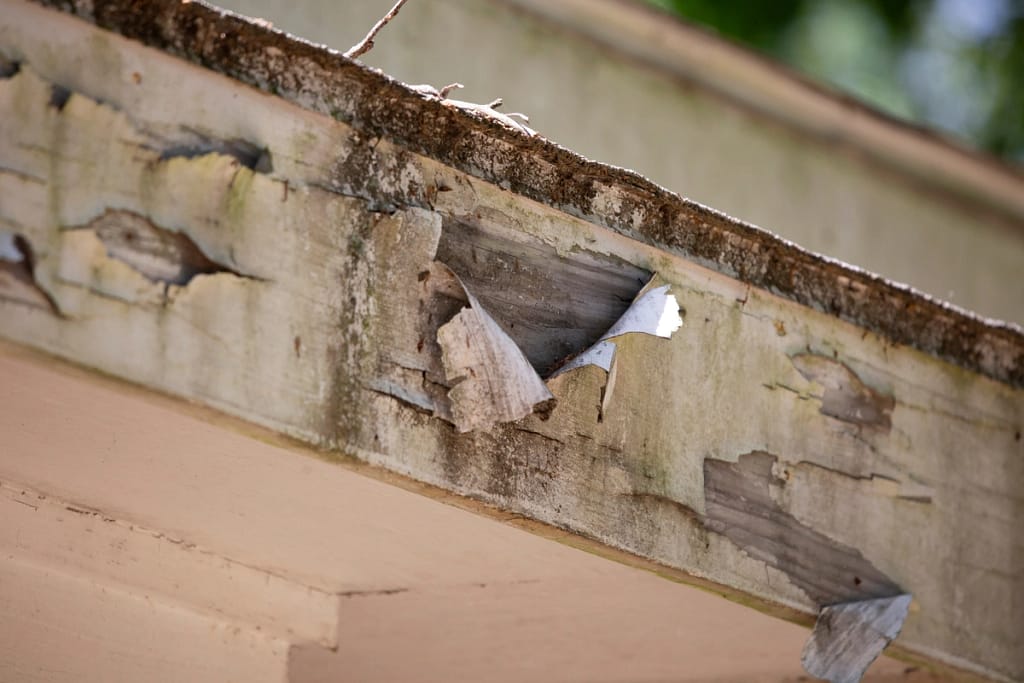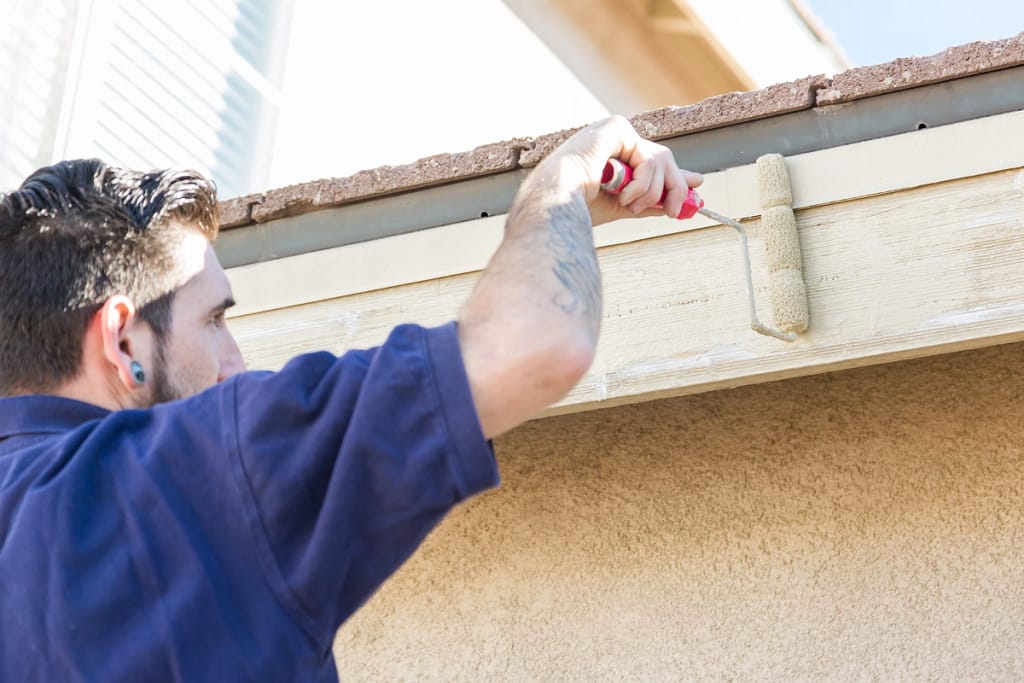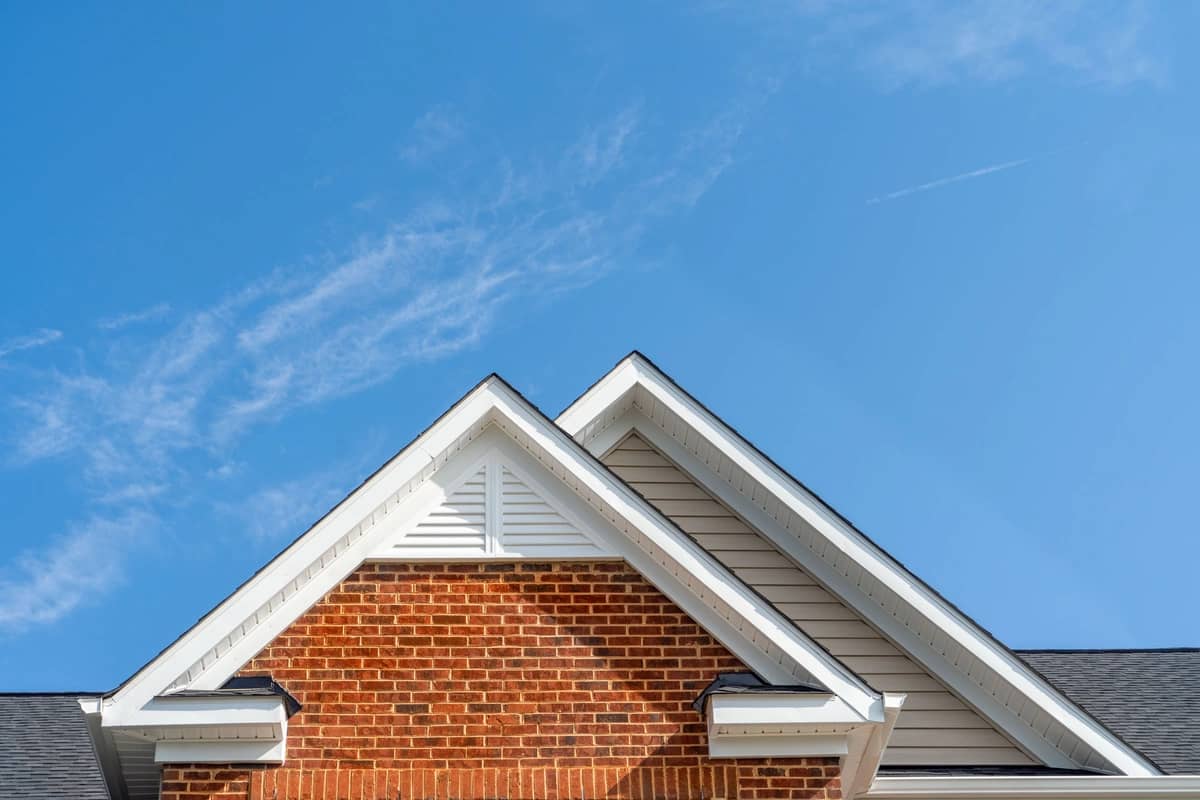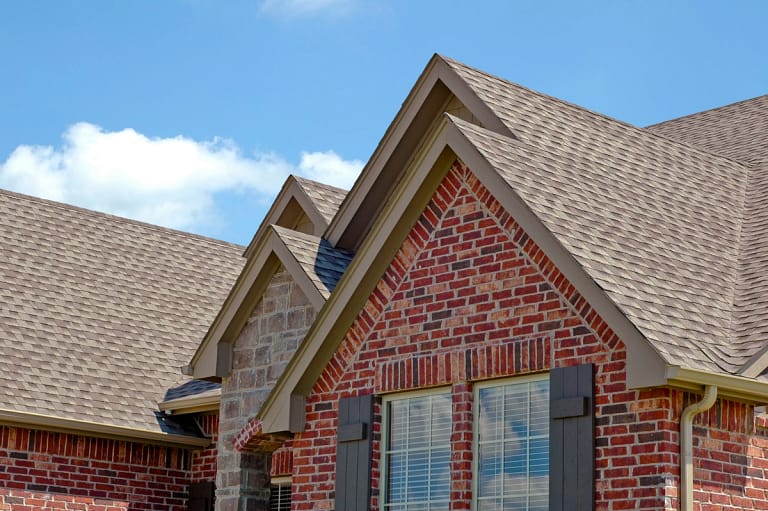When it comes to the structure of your home, the roof plays a critical role in protecting everything beneath it. However, there’s a component of the roof that often goes unnoticed but is equally important: the fascia.
If you’ve been googling “fascia roof” for hours, looking for the information you need, we’ve got you covered. In this expert guide, we’ll delve into:
- What roof fascia is
- Why it’s crucial for your home
- The various types available
- Signs of damage to watch out for
- The costs associated with replacement
- Maintenance tips
- How to find a reliable contractor for the job
What is Roof Fascia?
Roof fascia is the vertical band running along the lower edge of the roof, where it meets the outer walls of the house. It serves both functional and aesthetic purposes. Functionally, fascia provides a smooth, even surface for attaching the gutters and supports the bottom row of roof tiles or shingles. Aesthetically, it adds visual appeal to the home’s exterior, covering the ends of the roof rafters and providing a finished look.
The Importance of Fascia
While fascia may seem like a minor component, its importance cannot be overstated. Here’s why it matters:
- Gutter Support: Fascia provides a sturdy base for attaching gutters, ensuring proper drainage of rainwater away from the roof and foundation. Without it, water could seep into the roof decking and walls, leading to water damage, mold growth, and structural issues.
- Protection from Pests: Fascia helps seal the gap between the roof and walls, preventing pests like insects, birds, and rodents from entering the attic or crawl space.
- Enhanced Curb Appeal: Well-maintained fascia contributes to the overall appearance of your home, boosting curb appeal and potentially increasing its resale value.
4 Different Types of Fascia
Fascia comes in various materials, each offering different benefits and aesthetics:
1) Wood:
Traditional and aesthetically pleasing, wood fascia is often made from cedar or redwood. However, it requires regular maintenance to prevent rot and decay.
2) Vinyl:
Affordable and low-maintenance, vinyl fascia is resistant to rot, moisture, and insects. It comes in a variety of colors and can mimic the look of wood.
3) Aluminum:
Durable and weather-resistant, aluminum fascia is a popular choice for its longevity and ease of maintenance. It’s available in different profiles and finishes to complement any home style.
4) Composite:
Made from a combination of wood fibers and recycled plastic, composite fascia offers the natural look of wood with enhanced durability and resistance to moisture and insects.
Common Signs of Fascia Damage

It’s essential to inspect your fascia regularly for signs of damage, as neglect can lead to costly repairs down the line. Here are some common indicators of fascia damage:
- Rot or Decay: Wood fascia may show signs of rot, decay, or water damage, such as soft spots, discoloration, or mold growth.
- Cracks or Splitting: Cracks or splitting in the fascia material can occur due to age, weather exposure, or pest infestation.
- Peeling Paint: Peeling or blistering paint on the fascia surface may indicate moisture penetration or underlying damage.
- Sagging Gutters: If the fascia becomes weakened or damaged, it may no longer provide adequate support for the gutters, causing them to sag or pull away from the house.
Cost of Fascia Replacement
The cost of replacing fascia depends on several factors, including the type of material, the extent of damage, and the size of your home. On average, homeowners can expect to pay between $500 and $1500 for fascia replacement, including materials and labor. However, prices may vary depending on local labor rates and market conditions.
Maintaining Your Fascia

Proper maintenance is key to prolonging the lifespan of your fascia and preventing costly repairs. Here are some tips to keep your fascia in top condition:
Regular Inspections 🗓️
Perform visual inspections of your fascia at least once a year, paying attention to signs of damage or wear.
Clean Gutters 🫧
Keep gutters clear of debris to prevent water from backing up and causing damage to the fascia and roof.
Trim Overhanging Branches ✂️
Trim back tree branches that hang over the roof to prevent them from rubbing against the fascia and causing damage.
Repaint as Needed 🎨
If you have wood fascia, repaint it every few years to protect it from moisture and UV damage.
Finding a Trustworthy Contractor: Our Best Tips
When it comes time to replace or repair your fascia, finding a reliable contractor is crucial. Here are some tips for finding a trustworthy professional:
- Ask for Recommendations: Seek recommendations from friends, family, or neighbors who have had similar work done.
- Check Credentials: Verify that the contractor is licensed, insured, and has experience with fascia installation and repair.
- Get Multiple Quotes: Obtain quotes from multiple contractors to compare prices and services before making a decision.
- Read Reviews: Look for online reviews and testimonials from past clients to gauge the contractor’s reputation and reliability.
- Get Everything in Writing: Once you’ve chosen a contractor, make sure to get a written contract detailing the scope of work, timeline, and payment terms.
Choose the Right Fascia Materials for Your Home
Roof fascia may not be the most glamorous part of your home, but it plays a crucial role in protecting your investment and enhancing its appearance. By understanding its importance, recognizing signs of damage, and taking proactive steps to maintain it, you can ensure that your fascia continues to serve its purpose for years to come. And when it’s time for repairs or replacement, choose a reputable contractor to get the job done right.Ready to replace your fascia boards but aren’t sure which material is right for you? Best Exteriors can help. Contact us today to get started!




